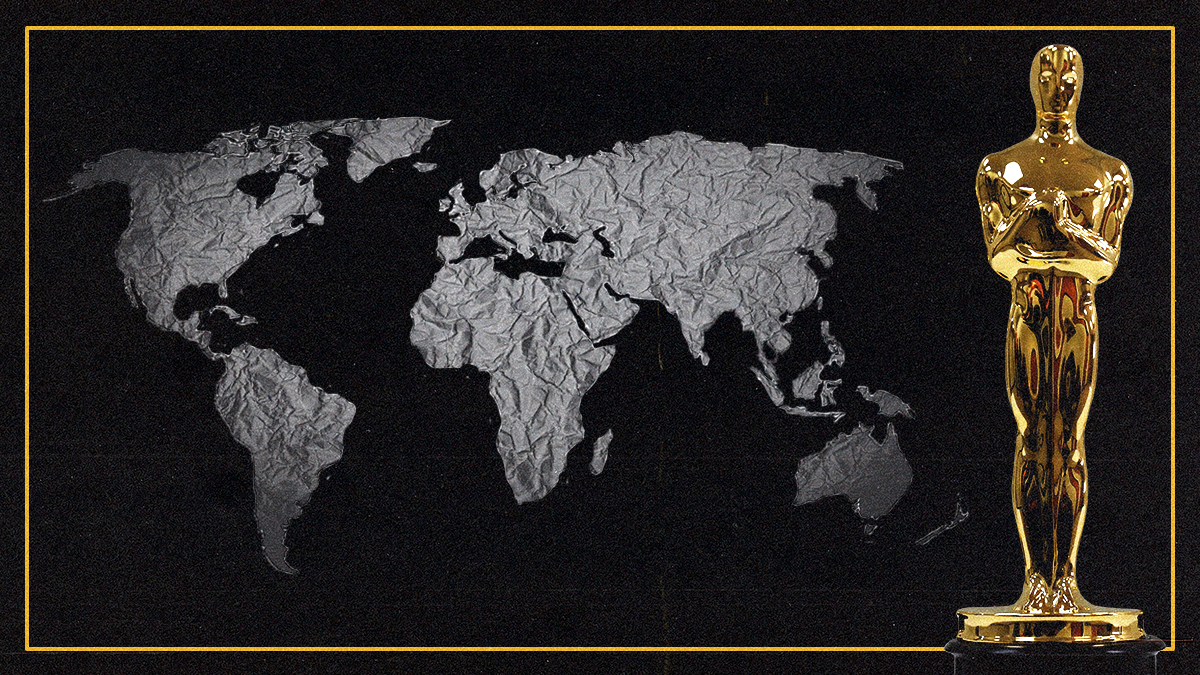March 09, 2023
It's the 95th Academy Awards on Sunday, and we all know that the Oscars often get political. You can expect speeches to reference Russia's war in Ukraine and, of course, US culture-war issues like identity politics. But in this era of political hyper-polarization in America and beyond, we’ve got our own awards to give out.
Here are our picks for a few of the best performances of the past 12 months.
Best Documentary Feature: "The Little Short," by El Salvador's President Nayib Bukele, based on his get-rich-quick bestseller "Bukele's Guide to Wealth and Fame in Crypto Markets."
Best Cameo/Actress in a Limited TV Miniseries:Liz Truss as British PM.
Lifetime Achievement: Former US House Speaker Nancy Pelosi for "My Trip to Taipei," a tour de force in DNGAF about the geopolitical consequences of my actions.
Best Costume Design: US Rep. (and alleged serial liar) George Santos (R-NY) as a drag queen in Brazil.
Best Editing: Xi Jinping for ending zero-COVID in China — and all references to it too.
Best Special Effects: The US/Russia/pro-Ukrainian group/we'll-never-know-who for the Nord Stream pipeline explosion.
Best Sound Editing in Parliament/Exit From the Party: Former New Zealand PM Jacinda Ardern.
Best Screenplay/Cinematography: C-SPAN for "The House Speaker Fight," an unexpectedly riveting story of failed votes, failed fistfights, and failed leadership in the US Congress.
Best Remake: Jair Bolsonaro, director of the 8 de Janeiro reboot of January 6.
Best Picture: "How I Learned to Stop Worrying and Love the Balloon," a Kubrick-esque Cold War 2.0 satire featuring Joe Biden, Xi Jinping, and a floating weapon of mass puns.
More For You
Most Popular
The Guinea-flagged oil tanker MT Bandra, which is under sanctions, is partially seen alongside another vessel at El Palito terminal, near Puerto Cabello, Venezuela, on December 29, 2025.
REUTERS/Juan Carlos Hernandez
There have been several geopolitical shocks this year, yet none have stopped oil prices from plunging, showing how oil markets have become more risk tolerant.
- YouTube
In this "ask ian," Ian Bremmer analyzes Trump’s recent meeting with Zelensky and how close (or far) Russia and Ukraine are from a peace deal.
© 2025 GZERO Media. All Rights Reserved | A Eurasia Group media company.
